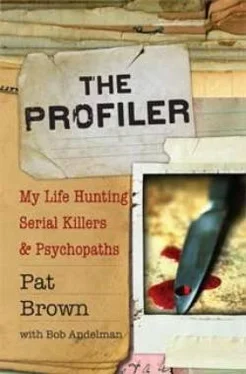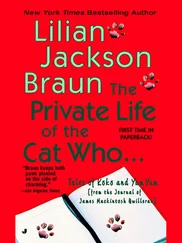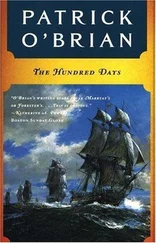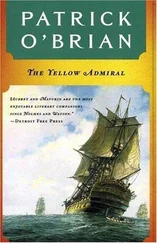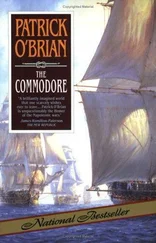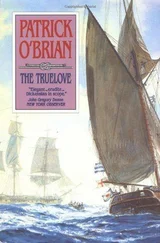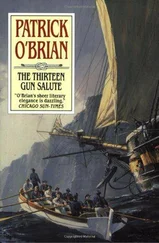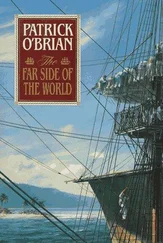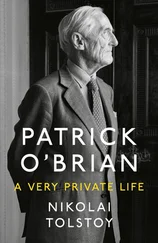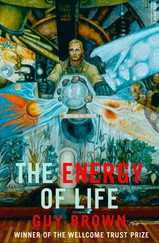I printed out what pictures I could find of female victims of unsolved homicides in my county, and I rented a booth at an outdoor festival. I laminated all the pictures and hung them up in a big circle around the table. Under each, I wrote, “Unsolved.”
People would walk up and their mouths would fall open.
“These are all unsolved in Prince Georges County?”
“Yes,” I’d say.
“You mean nobody was ever caught?”
They’d recognize a picture of Lisa Young, because their daughter had known her at school or because they were in town when the crime occurred.
“Didn’t the police ever catch Lisa Young’s murderer?”
I’d just shake my head.
Then they would point to another photo.
“They never caught that killer either?”
“Oh, my God,” I heard over and over again. “I thought these murders were solved.”
The pictures I selected represented just fifteen unsolved cases, less than 10 percent of female victims of homicide in my area over the last two decades. I realized that I should have been trying to get ten guys off the street, not just one. And the problem wasn’t that one police department had made an error or that one political decision made by county executives was irresponsible or that one prosecutor was more concerned with his win record than public safety. There was an epidemic throughout our country of sexual homicides and we were obviously not getting these cases solved. Police departments might say, “We have an 80 percent closure rate,” but in reality they had a high rate of case closure when the suspect was connected in some way to the victim; the closure rate for stranger homicides was abysmally low.
I estimated that the actual closure rate for serial homicides was 5 percent or less. If you want to get away with a crime in this country, serial homicide is your best bet.
* * * *
My efforts at more knots began with Citizens for Case Closure (CCC), an organization I started with the concept of bringing all victims’ organizations together to fight for increased case closure, with citizens having rights within their communities to hold police and prosecutors accountable for unsolved cases. But it didn’t work. I couldn’t drum up enough interest. It was a frustrating beginning in the field of criminal justice.
I realized my message wasn’t getting through after an article about me appeared in the local newspaper, in which I stated my belief that law enforcement hadn’t done its job in the Anne Kelley case.
I wanted the story to be about police and citizen accountability and how cases like that of Anne Kelley were being swept under the rug, the police refusing to allow the public to know what really had happened and the public apparently not caring to know. A newspaper reporter came to my house and interviewed me. But when the story came out, almost nothing was mentioned about the police and prosecutorial problems in the Kelley case and how there needed to be more accountability. The headline read “Local Homemaker Starts Victims’ Rights Organization,” and it was a sappy human interest story about a nice lady who wanted to help families who had loved ones with unsolved cases and wasn’t I dedicated and caring?
The story made it sound like a very personal campaign, but that wasn’t what I was trying to say. I didn’t want the story or CCC to be about Pat Brown. I wanted it to be about political issues and criminal justice. But the newspaper didn’t see it that way and subsequently, neither did the community where I lived. The reporter wanted to tell a nice story about a local homemaker, but it undermined the serious work I was attempting.
I gave up on CCC and decided to try another approach.
By that time, I had met many victims of crimes, and I started applying my growing knowledge to their cases. That provided a tremendous release. If I couldn’t get Walt put away, maybe I could make a difference in the long run. I could help identify other likely killers, or maybe I could change the system so that this didn’t continually happen.
WHILE I WAS trying to figure out how to make an impact in cold case closure, I ran a short seminar aimed at teaching women that self-defense doesn’t work for us.
There had been a rape in the area, and a number of frightened women rushed to get training at the University of Maryland. I attended one of the classes and was appalled by what I saw. There were guys dressed up in big, fat, red insulated suits. The men in these suits were supposed to come at the women and go “Arrrrr!” and the women were supposed to defend themselves. The instructors taught women how to punch and kick and break out of basic holds.
I had practiced martial arts-tae kwon do-and I was pretty good at it. I watched these women throw punches, and I thought, “Oh, my God, they’re going to break their wrists!” They always had their wrists cocked downward in a horrible girly position.
“Let me see if I’ve got this right,” I said to the teacher and class. “You are out on a bike path, and a guy the size of Mike Tyson pops up from behind the bushes. You go, ‘Yeahhhh!’ and attack him with a little punch you learned in your self-defense class, with your little crooked hand?”
It sounded truly ridiculous just saying it out loud.
First of all, you will break your wrist. Then he will kill you. You’ll be dead and the police will wonder how you broke your wrist along the way. Maybe you’ll try a kick. Kicks are hard to execute well. Say you want to do a snap-front kick and nail your attacker in the groin. They teach this kind of kick in self-defense classes and you will practice it a few times. To do the kick correctly, you have to get in the proper position, raise your front knee, get your hip behind the kick for power, and then apply your foot to the target with a fast strike. If your attacker is kind enough to stand in front of you until you get your kick in action, you will still probably miss his vital points and softly scuff his thigh. Then he will crush you.
It gets even more amusing if you are in heels.
I went home that night and I said to Tony, “Grab my right arm as hard as you can.” He grabbed it and I was immediately kneeling on the floor in agony. I couldn’t move my hand. I couldn’t get out of that grip if I tried. And he was just doing what I asked. He hadn’t snuck up on me from out of the shadows.
Classes like those give women a false sense of confidence. They feel it’s safe to walk down a dark street or alley or into a deserted parking garage because they think they actually can beat people up after three hours of “training.” They can’t. So I started my own program and taught courses on how you couldn’t survive one of these things.
“You’re walking along and suddenly you’re hit on the top of the head. What are you going to do for self-defense?”
One of the women inevitably said, “Well, I’m kind of unconscious.”
“That is a problem, isn’t it?”
My first objective of the class was to knock down self-defense misconceptions. There is no sense signing up for a fight with a heavyweight when you are only a lightweight. I also advised women that if they really wanted to learn how to fight off an attacker they would have to study martial arts or boxing for years. They still will lose against most attackers, the ones who jump out and nail you before you can react, or the ones who are simply too big for you to do anything about. But it is possible that one truly good punch or kick might give you a chance to run like hell.
Once I got through to the women that fighting off an attacker was not likely to have a good ending, I taught them how to think smart and keep from becoming a victim in the first place.
A local television station did a news segment on my program. It was one of my first television appearances and I quickly discovered the power of TV. People paid attention to what I had to say because they saw me on television.
Читать дальше
